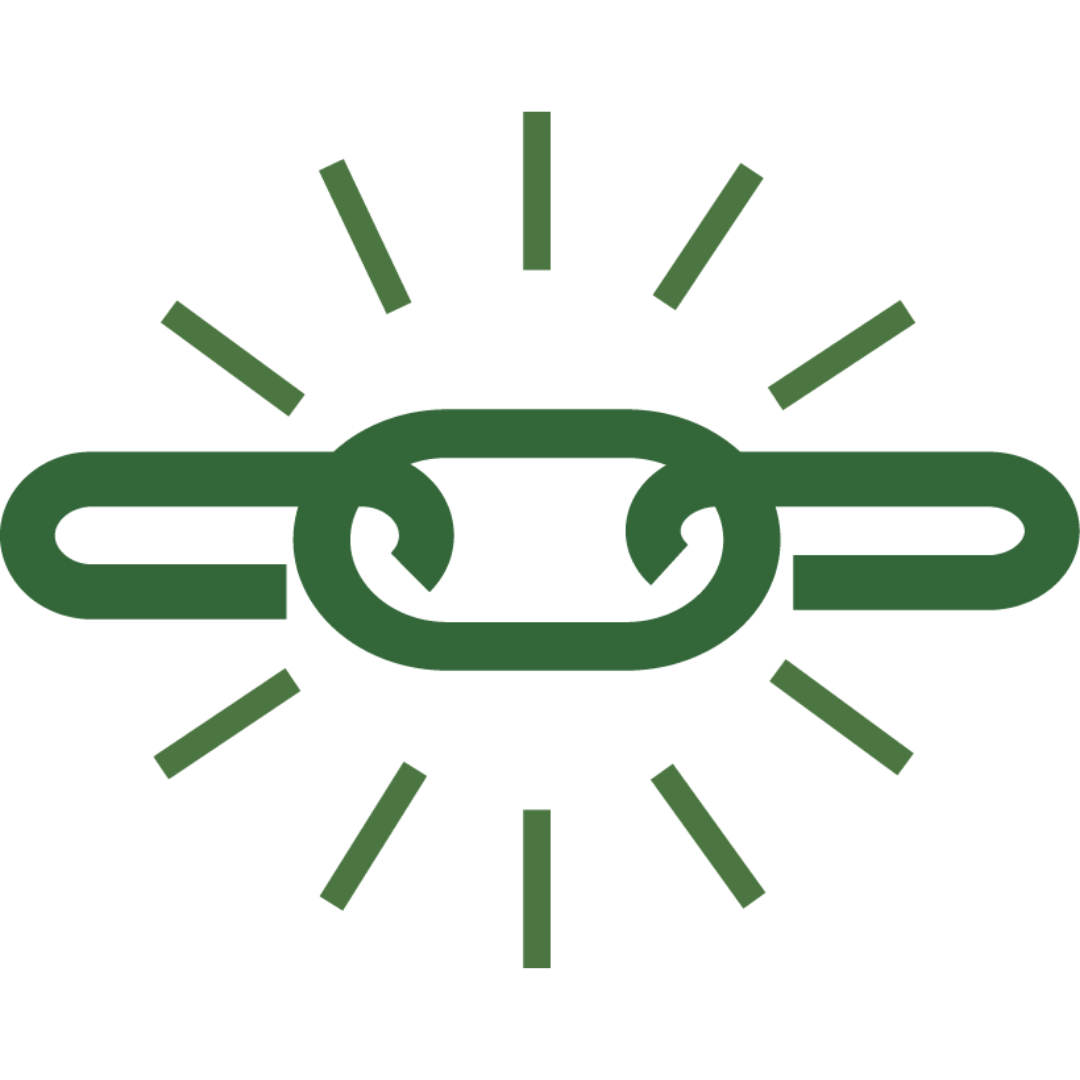Imagine this:
You want squeeze in an effective workout…and you’re diligently working throughout the day (thanks to intermittent fasting and your brain-enhancing smart drugs)… but you simply don’t want to take time to break from your focused attention and travel to the gym for your workout.
If you go to the gym, you lose precious time:
- Time you can spend cranking out that next article – or whatever it is that you’re so focused on.
- Time to prepare an amazing meal.
- Time to connect with your family and friends.
And you don’t want to simply skip your workout – again. After all, you slept well last night so you’re fully rested and your energy is sky high (thanks again to your healthy lifestyle habits).
You need to keep things simple. No traveling to the gym. No weights or equipment.
So what’s the answer?
You guessed it: Neuro-Mass (based on the title of the article!). But…
If you want to dive into the full Neuro-Mass concept complete with all the exercises and explanations, get Jon Bruney’s book, Neuro-Mass The Ultimate System for Spectacular Strength.
If, on the other hand, you want my simplified, minimum-effective-dose version of the workout, read on…
With my simplified version of the Neuro-Mass workout, there’s no need for equipment or gym – so you can do it in the convenience of your home or office. Or, better yet, you can do like me and get outside and do the workout – where you are grounded to the earth while getting sun on your skin.
What is Neuro-Mass?
And what makes it a top choice for exercise when you want to build strength and muscle?
There are three things you do in a neuro-mass workout:
- Go Slow
- Explode
- Hold
Jon Bruney has different names for these in his book. To me the name doesn’t matter so much. Hopefully it’s something you can remember for yourself and then share with others.
How is Neuro-Mass done?
As you see above, you go slow, explode and hold. Let’s break it down…
Go Slow
This is a very slow isotonic motion. Essentially you’re going to go through the movement of the exercise as slowly as possible while focusing on engaging your muscles from beginning to end. No relaxing or rest! I will generally set a timer and try to do this for a minute and a half.
Explode
This is a very powerful plyometric movement in which you explode as hard as you can after completing the eccentric motion and pushing as hard as you can during the concentric motion. I will do as many of these as I can until I feel a drastic decline in force output. That is, if I’m pushing, say, less than 50% or so of where I began on the first few reps then it’s a good sign to stop and move on to the…
Hold
This is the final piece of the equation – an isometric hold. Just like the name implies, you’re going to hold the position for a certain amount of time. You can hold somewhere halfway between the full movement. And, just like the Slow part above, you will do your very best to engage your muscles. I generally try to hold it for at least 15 seconds.
That’s it.
What exercises can be done?
Good question. And I don’t have the answer. I’m sure you can get just as creative as you want with the types of exercises you choose. I think the best example is the simple air squat. In this case here’s what you do:
Go slow. Take an athletic stance. Very slowly sit back (like you’re sitting on a chair behind you) and bend your knees. In fact, it may be a good idea to use a chair. Tighten the core of your body and engage the muscles in your glutes and legs throughout the movement. Do this for at least a minute and a half.
Explode. Rest for no more than ten seconds. Squat down to where you have the most leverage to spring back up and then immediately explode, ideally jumping as high as you can (like you’re going to dunk a basketball). Repeat until your jumps / explosions are half what they were from the first one to three.
Hold. Now squat down again until your thighs are about parallel to the ground. Hold this for at least 15 seconds – or until you can’t hold it any longer.
That’s it for our squat example.
What other exercises can be used for neuro-mass?
I recommend everyone try doing neuro-mass squats, as described above. However, you are only limited by your imagination as to the different varieties of exercises you could choose. I generally stick to three main exercises:
- Squats
- Push-ups
- Pull-ups
If you want to make your squats more challenging, you can do single-legged pistol squats during the slow motion part of the exercise.
If you want to make push-ups easier, of course you can rest on your knees (which is what I do when I get tired).
If you want to make pull-ups easier, find a bar that you can easily reach without having to fully extend your arms. That way, you can focus on the negatives (eccentric motion).
As an alternative to pull-ups you can grab on to some kind of pole, post, skinny tree or door frame, straddle your feet on either side, squat down, grab the pole and pull yourself toward it in a rowing motion. This works for all three movements: Slow, Explode and Hold.
I’m sure you can think of more exercises so please do feel free to share them in the comments below. And, while you’re at it, you can answer the question:
What’s your go-to “quickie” workout?
